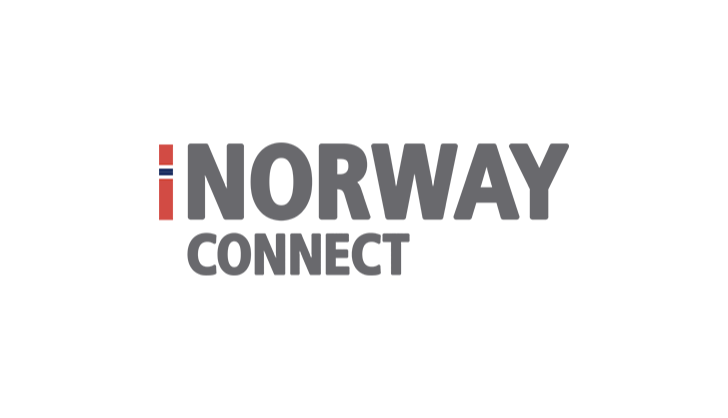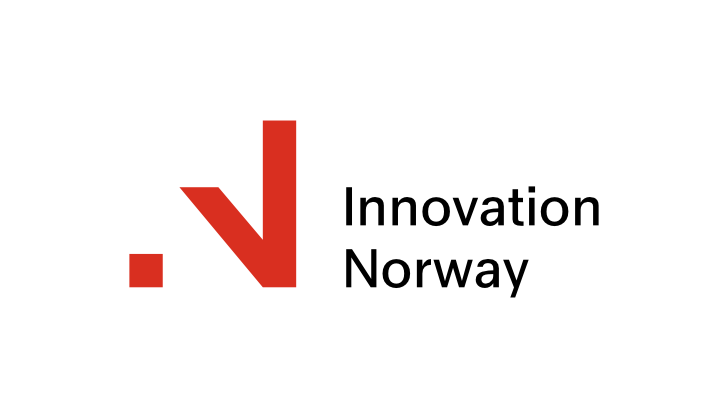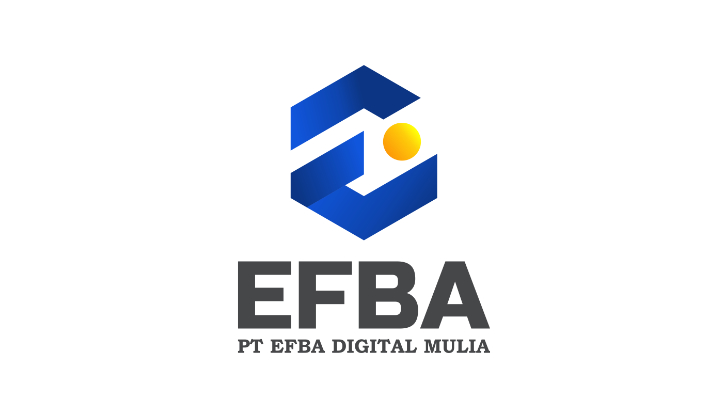The recent Indonesian Trademark Law adopts the first-to-file system, in which protection is only given once a trademark is registered. Upon being registered, the protection will be given for 10 years starting from the application date, and may be extended for additional 10 years continuously.
With a registered trademark, the owner is granted an exclusive right, which is not only to use the trademark, but also prohibit anyone from using their trademark without prior consent. Therefore, registering a trademark becomes crucial, as one of the ways in safeguarding businesses from being illegally imitated, especially when it gets famous.
On the other hand, trademark applicant should also be aware that an attempt to file a trademark does not always result in favorable outcome. There will be the possibility that the trademark application filed will be rejected by the Trademark Office due to several reasons during the registration process. In case a trademark application is rejected, there are two types of notification issued by the Trademark Office.
Notice of Preliminary Rejection
The first notification is “Notice of Preliminary Rejection”. The grounds of rejection vary, however, the most common basis used by the Trademark Office in rejecting a trademark application is due to the similarity of the applied-for trademark in essential part or entirety with prior trademark for similar goods and/or services (Article 21 Sub (1) Letter a Law No. 20 of 2016 on Mark and Geographical Indication, hereinafter referred to as MGI Law).
For instance, applicant “X” files a trademark “ABC” in class 43 (services for providing food and drink, and temporary accommodation), however, it turns out that the same trademark “ABC” or the similar one, has been registered by another party “Y” in the same class for similar services. In this case, in accordance with Article 24 Sub (3) of MGI Law, the Trademark Examiner at the Trademark Office will issue a Notice of Preliminary Rejection addressed to applicant “X” or their representative, against which they can submit a legal argument asking for reexamination of their application within the designated timeframe.
Assuming that the Trademark Examiner accepts the argument, the application will be registered, and a certificate of registration will be issued, which will be valid for 10 years, and extendable. However, if the applicant “X” or their representative fails in convincing the Trademark Examiner, then a “Notice of Permanent Rejection” will be issued.
Notice of Permanent Rejection
The second notification is “Notice of Permanent Rejection”. There are two reasons why a “Notice of Permanent Rejection” can be issued. It could be because no response was filed by the applicant upon receiving the Notice of Preliminary Rejection or the applicant was unable to convince the Trademark Examiner to overcome the ground of rejection outlined in the Notice of Preliminary Rejection.
In case the trademark application is permanently rejected, the applicant or their representative is still given a room to file an appeal to the Trademark Appeal Board (TAB) within the specified time period (Article 29 Sub (1) of MGI Law). If the TAB approves the appeal, the trademark application will be registered, and the certificate of registration will be issued (Article 30 Sub (2) of MGI Law).
However, if it goes the other way around, the TAB will issue a decision of rejection, where the only way the applicant or their representative can overcome is through litigation procedure at the Commercial Court (Article 30 Sub (3) of MGI Law). Considering the above points, we have two options to consider. Firstly, we can address the rejections and secondly, we can conduct a trademark search before submitting the trademark application.
Overcoming Trademark Rejections
In general, there are several points that the applicant should consider when attempting to overcome trademark rejections. First and foremost is the deadline. Ensure that the response and appeal are filed within the specified timeframe. Second, the applicant must refute all the grounds of rejection. In the preceding scenario involving “X” and “Y,” X’s trademark application “ABC” was deemed having substantial or entire similarity to the previously registered trademark “ABC” owned by Y, for similar services.
Consequently, X must elaborate the distinctions between the two trademarks, encompassing variances in phonetic, visual, and conceptual elements. Third, X can conduct research on registered trademarks within the same class of services that bear similarities to support their argumentation. Fourth, if X holds trademark registrations for “ABC” in multiple countries around the globe, these registration certificates can serve as supporting evidence to fortify the argumentation. However, whether a response or appeal is accepted depends on the examination results of the Trademark Examiner and the Trademark Appeal Board.
Trademark Search
Conducting a trademark search before submitting an application for trademark registration is not mandatory but advisable to avoid trademark rejections. While the results do not guarantee that the application will be successfully registered, they provide us with information on prior trademarks that may pose obstacles to the registration of the trademark application in question due to similarities with prior trademarks for similar goods and/or services.
If you seek further guidance or wish to schedule a private consultation concerning your trademark, feel free to contact us today at hello@sevenstonesindonesia.com.















